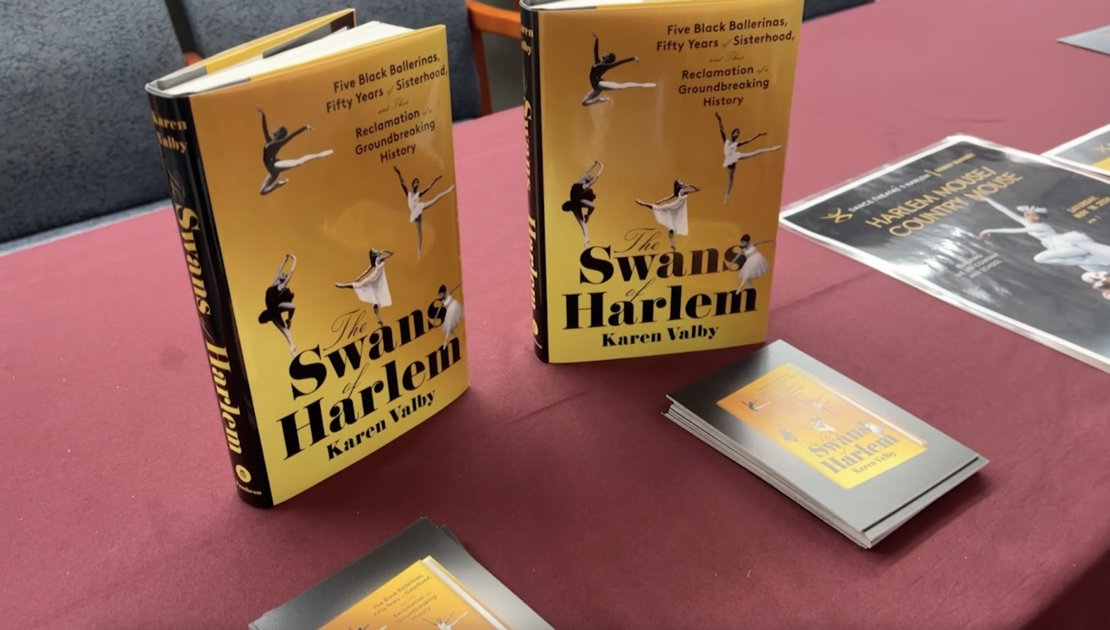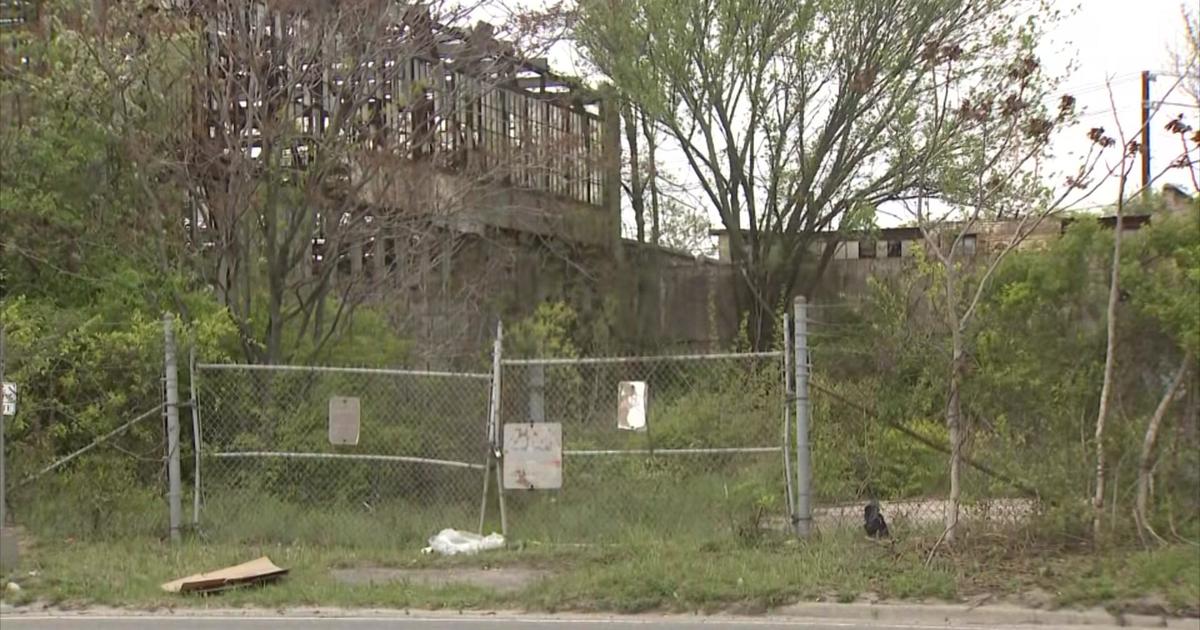Harlem community gives context to Black history's complexities in America
NEW YORK -- Lessons in Black history now often come from institutions outside the classroom.
Last year, the College Board stripped its AP African American Studies course of key concepts, like the Black Lives Matter movement and reparations. Florida schools stopped teaching specialized classes altogether.
But the Black community continues to put this complex part of America's past into context.
Mother AME Zion Church, the first Black church established in New York state, still stands strong along a quiet street in Harlem and is home to an incomparable history.
Since 1796, Mother AME served as a sanctuary for enslaved Africans escaping through the Underground Railroad and boasted members like Harriett Tubman and Frederick Douglass.
"We are still here, 227 years later. So that seems to tell me that we still have a mission that God has for us," said lifetime church member Chloe Jones.
Jones, a teacher, loves sharing her fellow members' stories with her students.
"The first one was Dabney Montgomery, who was a Tuskegee Airman. But growing up, he was Uncle Dab," said Jones.
Milagros Cintron, a third-generation member of the church, is raising her children to know about those who came before them.
"I remember the pews being filled. My family used to sit on the side of the church," said Cintron.
Membership has gone down from than 1,000 to fewer than 100 and the building needs more than a few repairs, yet 17-year-old Josiah Maddicks proudly spread the word among his peers.
"If you go to a museum but don't understand anything that's in it, it's no point in going to the museum. I feel like the church is not just a place on its own, but the people surrounding it," said Maddicks.
"They're the ones who fought and it's important, and if we forget that, it's like letting them down," said Cintron.
Nowadays, Frederick Douglass greets visitors to the New York Historical Society with a selfie station and an ongoing exhibit highlighting his contributions to the fight for equal rights.
"We're always looking for new ways to touch people's lives and stories that can really get them excited," said Allison Robinson, associate curator of exhibitions for the New York Historical Society.
In the hallway above Douglass, a new display reveals the Black men behind the world's most-famous foot race: the New York City Marathon.
Joe Yancey and the New York Pioneer Club helped establish the first AAU track team in Harlem in 1942. Ten years later, his trainee Ted Corbitt became the first Black man to run an Olympic marathon.
Corbitt's Road Runners Club created the city's first marathon in 1970. He designed the path that touches all five boroughs, which is still followed today.
"Public schools have an important role, giving children a small foundation in American history and museums because we're using objects. We relate to people in a totally different way," said Robinson.
Tangible artifacts help impact understanding.
W. E. B. Du Bois wrote the science fiction short story "The Comet" in 1920. Today, artist Tim Fielder is turning it into a graphic novel. Du Bois, the NAACP founder, delved into what would become Afrofuturism, imagining the tale of a Black man alone in an apocalypse with a white woman, forcing a racial reckoning.
"It's a challenge. We have to go through a breakdown period of the script, then breakdown period of the visuals, and then move towards final artwork," said Fielder.
With decades of support from the Children's Art Carnival in Harlem, Fielder is part of a community of artists who have hosted immersive workshops for neighborhood kids since 1969.
"The message was, you're safe here. You're welcome here. This is a happy place. This is a creative place," said Donna Jones, a Children's Art Carnival board member.
Fielder's previous comic, "The Graphic History of Hip-Hop," has been distributed throughout New York City public schools as a supplemental education tool.
He hopes for similar support on this project and already has the blessing of Du Bois' descendants.
"I'm proud of doing this and I'm proud of adding this project to my own bibliography, but to the lexicon of Afrofuturism," said Fielder.
It's all sparking a conversation among a younger generation.
"Once upon a time, people of my skin color didn't have the opportunity to learn and I'm going to take advantage of this time to fight those odds. I will be an educated Black man in American no matter what happens," Maddicks said.




